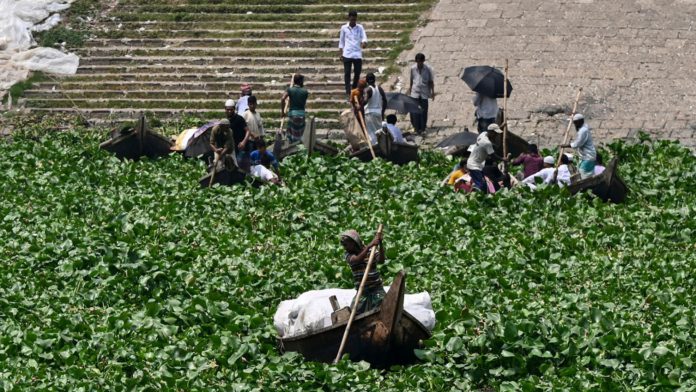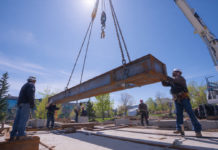Invasive plants can cause major problems for property owners, farmers, developers, and public authorities. When left unmanaged, they damage infrastructure, overwhelm native ecosystems, and reduce land value. Among the most disruptive is a fast-growing species known for its ability to spread aggressively through soil and even concrete. The cost of ignoring the issue is often far greater than the cost of managing it early. Public awareness has increased, but there is still confusion about responsibilities and regulations. Legal obligations vary between regions, but failure to take action can lead to long-term consequences. Keep reading to learn how local rules affect landowners and why early intervention is crucial.
Identifying the Plant and Recognising Its Effects
This particular species is known for its rapid spread, tall bamboo-like stems, and heart-shaped leaves. It often grows in clusters and can reach several metres high within weeks. While it may appear harmless at first, it’s capable of damaging foundations, walls, and drainage systems. It also suppresses other plant life, making it a serious threat to biodiversity.
Its underground root system, called rhizomes, can spread far beyond the visible part of the plant. Even small fragments can regrow if disturbed. Proper identification is the first step in management, especially before buying, selling, or developing land.
Responsibilities for Private Landowners
Landowners are not always legally required to remove the plant from their property. However, they must ensure it doesn’t spread onto neighbouring land or public spaces. Ignoring it can lead to legal disputes, especially if it affects another party’s property or land value. Selling a property with an infestation may also require disclosure, and failure to do so can result in future complications.
While self-treatment is possible, improper removal often makes the problem worse. Professional assessment helps determine the most effective and compliant method of control. Keeping records of treatment efforts may also protect owners from potential liability in the future.
Implications for Construction and Development
Invasive species present unique challenges during construction projects. Their presence on a site may delay planning approval or increase remediation costs. Developers must assess the risk early in the design process to avoid project delays or budget overruns.
Excavation, transport, and disposal must follow strict procedures. Improper handling could result in the plant spreading to new sites, which can carry legal and financial consequences. Including an invasive plant management plan within project documentation demonstrates due diligence and helps satisfy environmental obligations.
Enforcement and Regulatory Oversight
There are specific regulations in place to prevent the spread of certain high-risk species. These rules are designed to protect natural habitats, agriculture, and infrastructure. While regulations don’t always mandate removal, they do hold individuals and organisations accountable for allowing the spread.
Authorities may issue notices or take action if a landowner fails to manage a known problem. Local councils, environmental agencies, and transport bodies all play a role in enforcement. Staying informed about current guidance ensures you remain compliant while taking effective action.
Best Practices for Long-Term Control
Successful management involves more than just a one-time treatment. This plant is resilient, and long-term control often requires a combination of methods over several years. Chemical treatment, excavation, and root barrier installation are among the options available, depending on the site and severity of the infestation.
Ongoing monitoring is essential, especially in areas with a known history of growth. Working with trained professionals ensures that the approach used is both effective and safe for the environment. Prevention and control strategies should be seen as long-term investments rather than short-term fixes.
To stay compliant and reduce the risk of spread, it’s important to understand how local legislation applies. Learn more about Japanese Knotweed Ireland Law and how these guidelines affect your responsibilities as a landowner, developer, or contractor.















